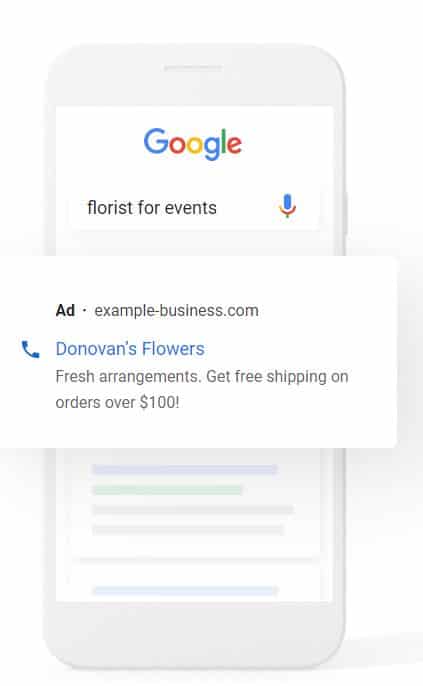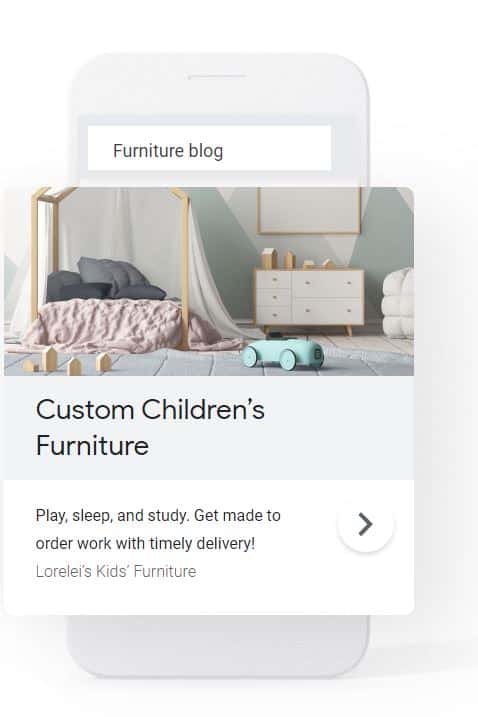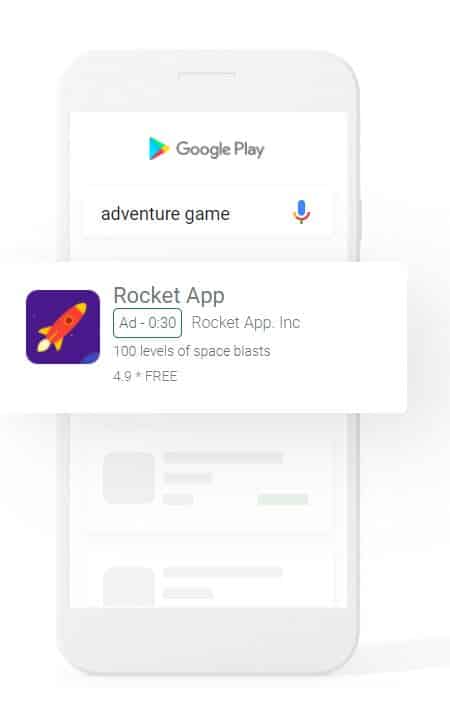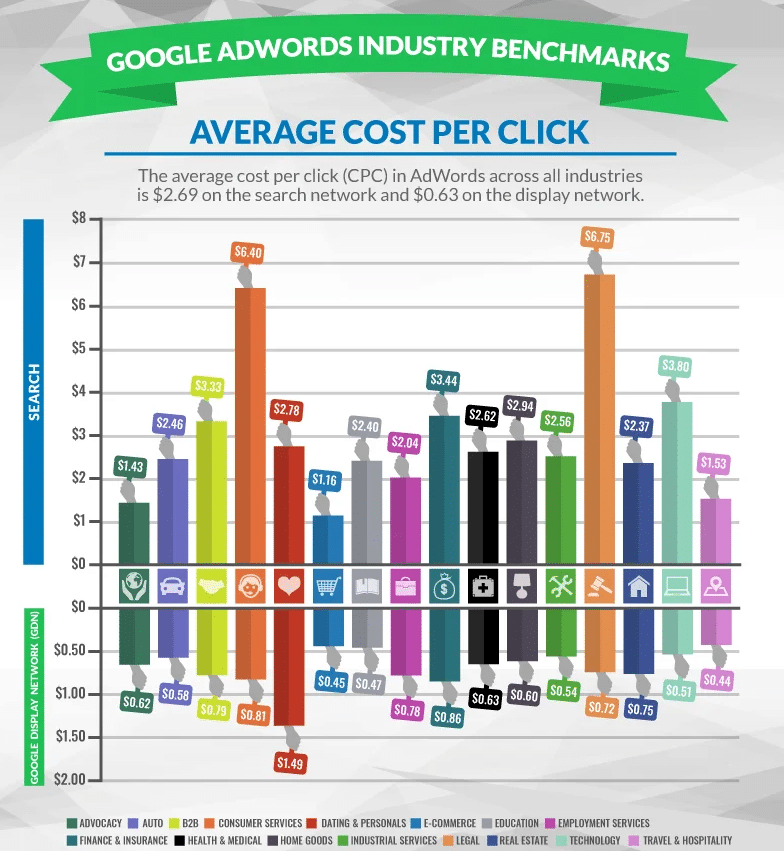Let’s face it, 2023 was a year of ups and downs, right? For many small to medium businesses in Australia, the financial strains felt across the country has affected them two-fold. Firstly, there’s the financial pinch felt pretty much everywhere, including food, fuel, general services and interest rates to name but a few. Secondly, people are generally more cautious in 2024 about spending their money on items over and above the ‘essentials’. Potential clients are spending less, however businesses are paying more for costs of goods and services. This has resulted in a downturn in profits for many small businesses, from where many owners draw their sole income.
Heading into 2024 with trepidation, it’s critical that businesses are doing all they can to remain profitable. For those whose businesses operate in and around the digital landscape (we all have a website, right?), it’s a well known fact that being at the top of a search engine results page, or SERP is paramount to increased traffic and sales. So if you are not currently in the top three positions of a search result, or on page one at the very least, it’s likely that your site traffic and subsequent sales will be suffering in an already tight financial climate.
An effective Google Ads campaign provides you with an opportunity to be at the very top of a Google search result, thus significantly improving your chances of financial success. There’s more to it though, be mindful that a rubbish campaign will simply chew through your marketing dollars with impunity. Let’s delve a little deeper into Google Ads campaigns and how they can help your business, or if in fact you should even be using Ads at all.
What are Google Ads?
Google Ads are a range of advertising options on Google and Google partner sites and apps. Google Ads are designed to help businesses connect with potential customers. They help your business be found in Google Search, be seen when watching YouTube videos, or discovered when searching apps on Google Play and much more.
Most small businesses we work with tend to use Google Ads to be seen for specific searches on Google. Furthermore, larger companies will tend to go broader and invest more in branding with the goal of appearing literally everywhere.
Where small businesses can really benefit is that they can choose to only show their ads for specific search terms that are more likely to result in a customer purchasing or enquiring about their product.
Different Types of Google Ads:
Search Network campaigns – normally text ads, these show when someone searches for a product or service similar to yours.

Display Network campaigns – usually includes an image and will appear on apps or websites that your customers visit.

Video campaigns – short videos, normallybetween 6 – 15 seconds which show right before or during YouTube video content.

Shopping Campaigns -Showcase products from your online shop with image shopping ads.

App Campaigns – promote your iOS or Android app on Google Search, YouTube and Google Play.

How do Google Ads work?
- You choose the type of ad you want to run
- Choose your audience
- Set your budget
Sounds fantastic doesn’t it! Google Ads can be great, but here are some handy tips below that you might not see promoted on Google Ads which will really impact whether your business will benefit from an Ads campaign.
How to know if your business will benefit from Google Ads
- If you are not ranking on page 1 for your top 3 keywords, Google Ads can help give your business exposure when you otherwise wouldn’t be found.
- If you want massive brand awareness and want to be seen everywhere.
Can you afford your keywords?
The first step before embarking on a Google Ads campaign is determining whether the search terms you want to advertise for fit into your budget.
For example, some keywords can cost up to $50 per click 😯
In saying that, if you are selling a product that results in a high ROI then you may be happy to pay $50 for a new lead.
Here is an example of the search term ‘Home Loans’. A click is going to cost between $11-$39.
If you’re wondering how to find out if you can afford to pay for your search terms, you need to check out Google Ads Keyword Planner.
Google Ads keyword planner helps you discover new keywords, get search volume and trends, cost per click and create campaign keyword lists.
You’ll find Google Ads Keyword Planner in your Google Ads account under Tools & Settings.
When choosing keywords, you’ll want to make sure they have search intent. You can see this by average monthly searches in the Keyword Planner. Uber Suggest can also be used and will give you a more accurate idea of keyword volume, you can check it out here. https://neilpatel.com/ubersuggest/
You’ll also want to make sure that the average cost per click can fit into your budget.
For example, if you have allocated $10 per day and your keyword is worth between $9-$12 per click, your $10 budget won’t cut it as your ad will rarely show and if it does, it will be spent after just one click.
Don’t worry, there are plenty of keywords that cost $1-$2, it’s just important that you are aware of the cost of your keywords before committing to a campaign as you need to make sure your daily budget will be enough to show your ads.
Here are some average costs per clicks thanks to wordstream.
When not to use Google Ads
You’re already ranking in the top 3 for your keywords and don’t need any more traffic.
Your keywords are out of your budget
This is a big one that a lot of advertisers don’t think about. Most of us know that we only pay per click and that we can set any budget, so why wouldn’t Google Ads be in everyone’s budget?
Different search terms are charged a different cost per click (CPC) and some keywords can be $10-$30 PER CLICK. So, for your business to be competitive and have a chance of even showing up in a Google Search, your daily budget would need to allow for at least a few clicks. As Google won’t just show any poorly scripted ad, your ads need to be competitive. This comes down to:
- Your Budget
- Your Ad Copy (headlines, text, images)
- Your Website (relevant to ad copy)
If you want to get an idea of what your keywords are worth, you can use Google Keyword planner.

When not to use Google Ads
You’re already ranking in the top 3 for your keywords and don’t need any more traffic.
Your keywords are out of your budget
This is a big one that a lot of advertisers don’t think about. Most of us know that we only pay per click and that we can set any budget, so why wouldn’t Google Ads be in everyone’s budget?
What you will find is that different search terms are charged different cost per clicks and some keywords can be $10-$30 PER CLICK. So, for your business to be competitive and have a chance of even showing up in a Google Search, your daily budget would have to allow for at least a few clicks. As Google won’t just show any poorly scripted ad, your ads need to be competitive. This comes down to:
- Your Budget
- Your Ad Copy (headlines, text, images)
- Your Website (relevant to ad copy)
If you want to get an idea of what your keywords are worth, you can use Google Keyword planner.
Biggest mistakes when setting up your own Google Ads Campaign
Out of the box set up
Most first time or novice users follow Google’s ‘out of the box’ advice and set up a Smart Campaign. The set up wizard makes it quite easy to get up and running in a very short time. The problem with this approach is that you are limited in functions which can result in poor ad copy and broad match keywords that result in traffic that is not specific to your business.
Poor keyword match type
Google Ads will give you three choices
- Broad Match
- Phrase Match
- Exact Match
Many businesses make the mistake of using Broad Match to start with, however it results in your ad being shown for things not specific to your business and with no buying intent.

Generally, I recommend using ‘phrase match’ at the very least.
You will also find that Google will make recommendations on your ad campaign, usually related to changing to broad match and increase your daily budget. Obviously, increasing your budget will help, however changing to broad match isn’t a great choice unless you want to burn the dosh and have massive brand awareness.
Conclusion
If you have a new website or an existing site that is not currently performing well for SEO, Google Ads can be a great place to start. Just make sure that you have done your due diligence beforehand and that you are clear on your budget.
While Ads are great in the short term (long term too, if they remain profitable), Search Engine Optimisation should remain a priority to ensure your website will eventually rank well organically without having to pay for that honour.
Need help creating an effective Google Ads campaign? Reach out today and discover how we can get your website displayed at the very top of a Google search.

